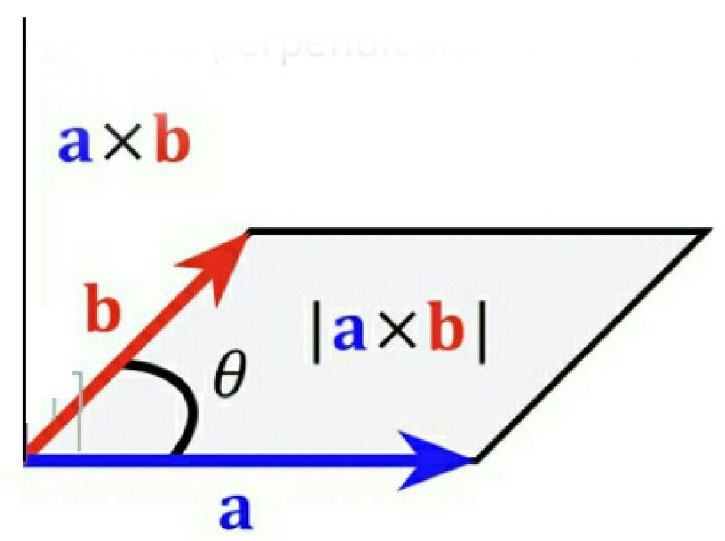Multiplication Of Vectors
Vector multiplication can be divided into two categories. A vector has both a magnitude and a direction, and as a result, the dot product of two vectors and the cross product of two vectors are the two methods of multiplying vectors.
Let us study the two-way multiplication of vectors, including the working rule, properties, applications, and examples of this type of multiplication. which belongs to the chapter Kinematics, which is an important chapter in Class 11 physics. It is not only essential for board exams but also for competitive exams like the Joint Entrance Examination (JEE Main), National Eligibility Entrance Test (NEET), and other entrance exams such as SRMJEE, BITSAT, WBJEE, BCECE and more. Over the last ten years of the JEE Main exam (from 2013 to 2023), more than ten questions have been asked on this concept. And for NEET one questions were asked from this concept.
JEE Main/NEET 2027: Physics Important Formulas for Class 10
NEET 2025: Mock Test Series | Syllabus | High Scoring Topics | PYQs
JEE Main: Study Materials | High Scoring Topics | Preparation Guide
JEE Main: Syllabus | Sample Papers | Mock Tests | PYQs
- Types of Vector
- Solved Example Based on Multiplication of Vector
- Summary
Types of Vector
Let's start with the types of vectors.
Unit Vector
A vector having a magnitude of one unit is called a unit vector. It is represented by a cap/hat over the letter.
Unit vector along
Orthogonal Unit Vectors
It is defined as the unit vectors described under the three-dimensional coordinate system along the x, y, and z-axis. The three unit vectors are denoted by i, j and k respectively.

Any vector (Let us say
Unit vector
If a vector is multiplied by any scalar
(n=1,2,3..)
We get again a vector.
If a vector is multiplied by any real number (eg 2 or -2) then again, we get a vector quantity.
E.g.
Scalar or Dot or Inner Product
Scalar product of two vectors

Figure showing the representation of scalar products of vectors.
Important results-
Vector or Cross-Product
Vector or cross product of two vectors

The figure shows the representation of the cross-product of vectors.
Important results
Recommended Topic Video
Solved Example Based on Multiplication of Vector
Example 1: When we multiply a vector
1) A scalar with a magnitude same as that of the vector
2) A vector with the same magnitude and opposite direction.
3) A vector with double magnitude and opposite direction.
4) A vector with double magnitude and the same direction
Solution:
Magnitude of
Hence, the answer is the option (3).
Example 2: Let
1)
2)
3)
4)
Solution:
Hence, the answer is the option (2).
1) 90
2) 60
3) 45
4) 30
Solution:
As we learned
Scalar, Dot or Inner Product -
The scalar product of two vectors
- wherein

showing a representation of scalar products of vectors.
Hence, the answer is option (1).
Example 4: A particle is thrown with
1)
2)
3)
4)
Solution:
Showing the representation of scalar products of vectors.

since
or
Hence, the answer is option (3).
Example 5: If
1) 0
2)
3)
4) Indeterminate
Solution:

The figure shows the representation of vectors or cross product of vectors.
shows the representation of vector or cross product of vectors
which is true for all values of
Summary
Vector multiplication can be divided into two categories. A vector has both a magnitude and a direction, and as a result, the dot product of two vectors and the cross product of two vectors are the two methods of multiplying vectors. Because the resultant value is a scalar quantity, the dot product of two vectors is often referred to as the scalar product of two vectors. A vector has both a magnitude and a direction associated with it.
Also Read
05 Feb'25 04:57 PM
11 Jan'25 03:00 PM
24 Dec'24 01:28 PM
27 Nov'24 01:02 PM
26 Nov'24 01:31 PM
20 Nov'24 04:50 PM
20 Nov'24 12:59 PM
16 Nov'24 01:06 PM
14 Nov'24 04:17 PM
13 Nov'24 11:06 AM
